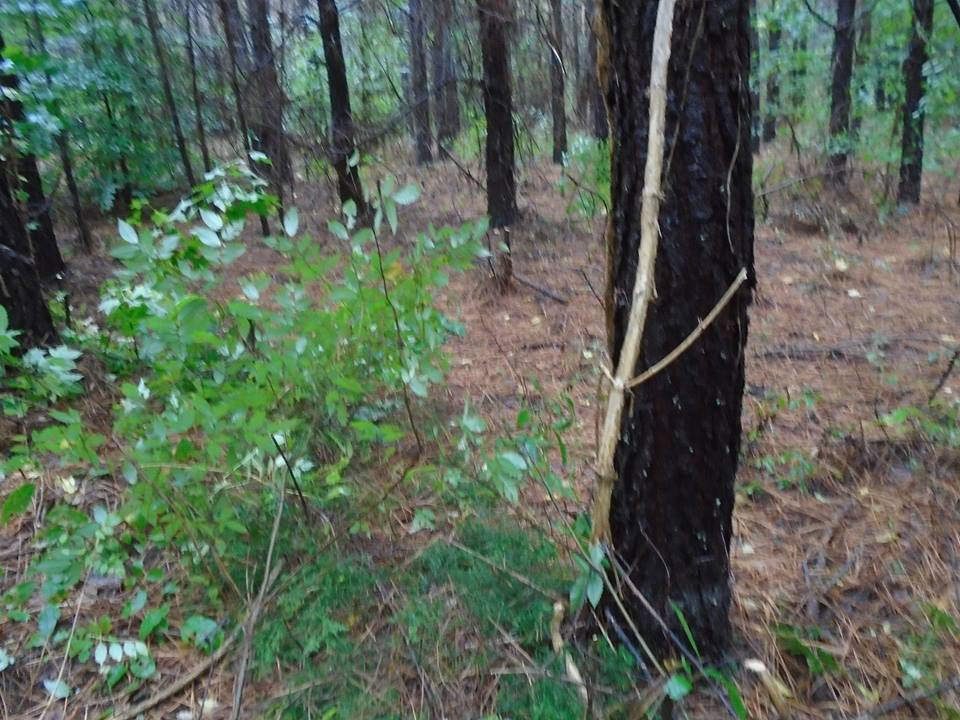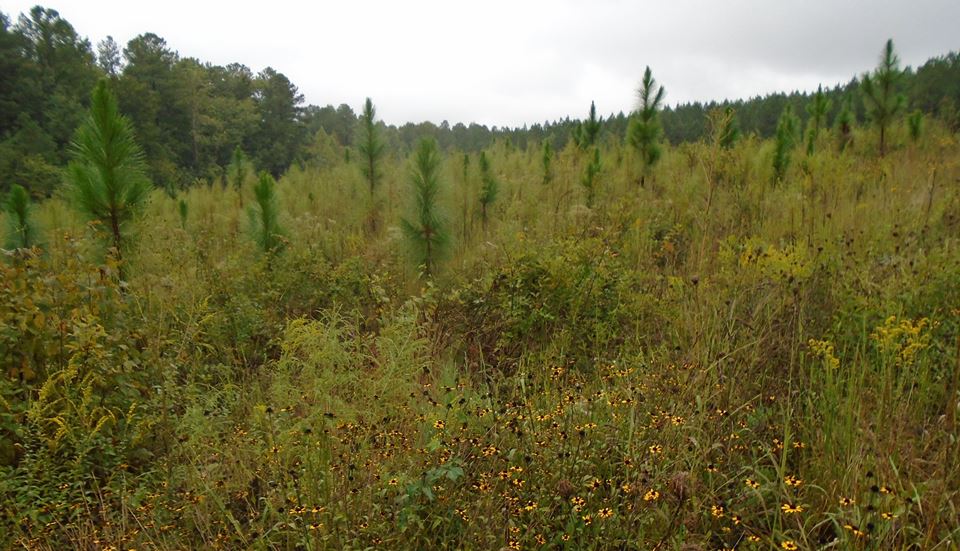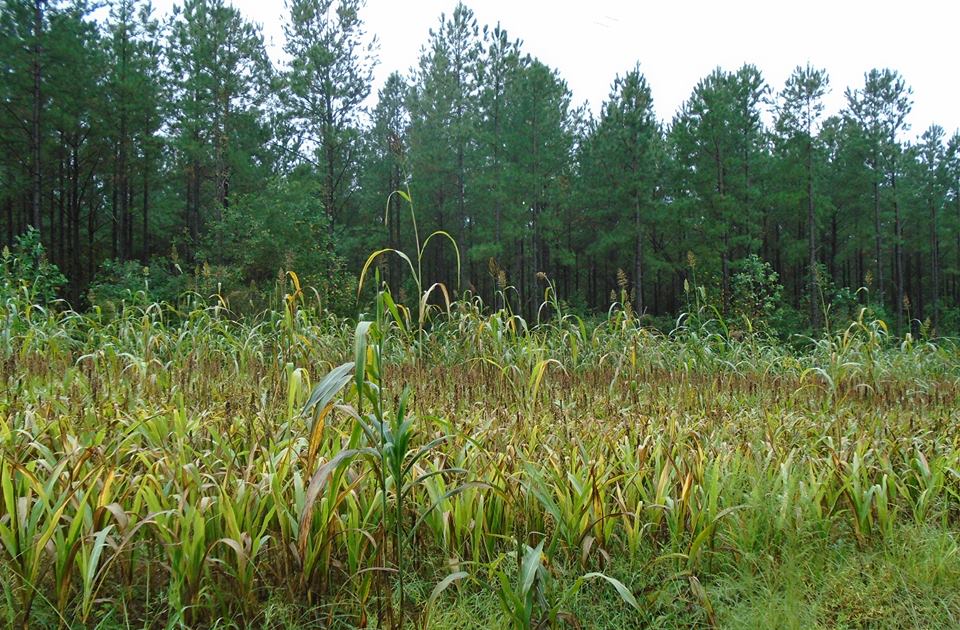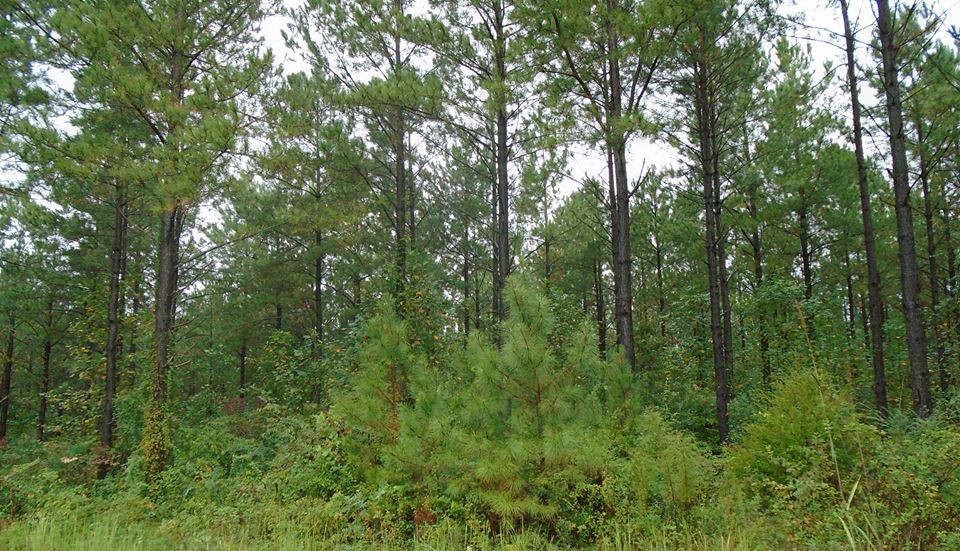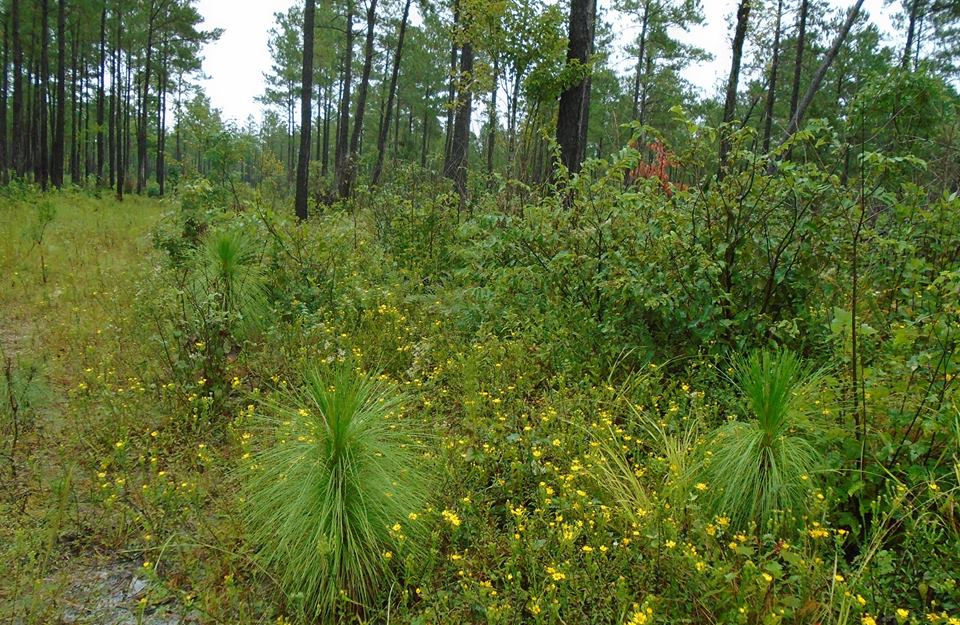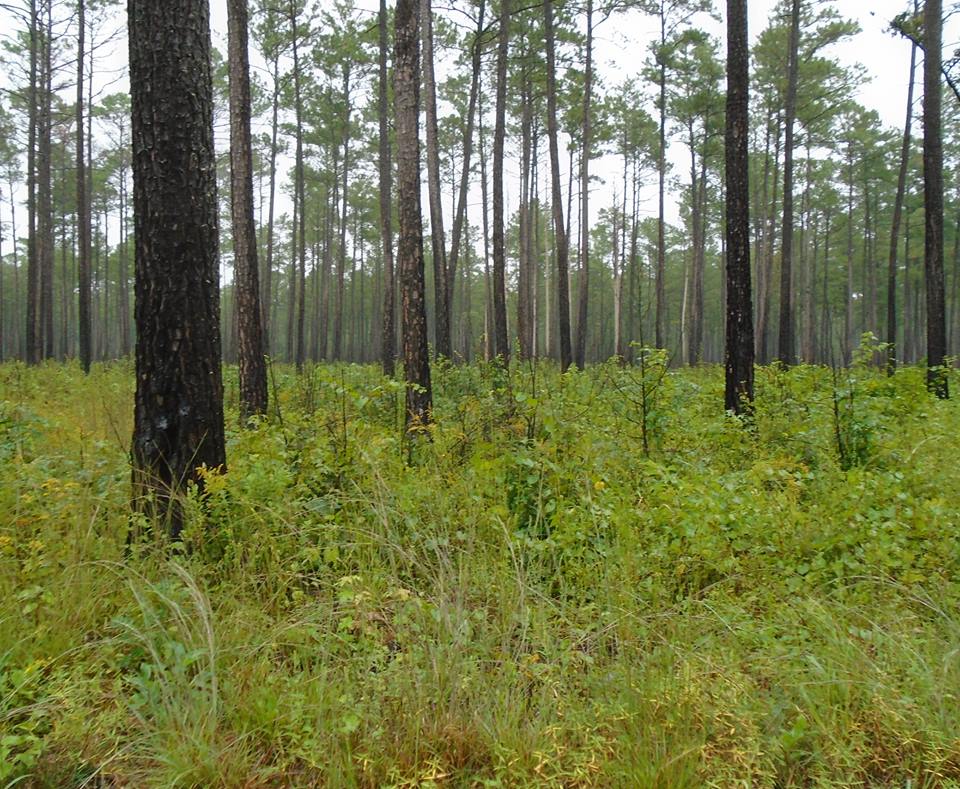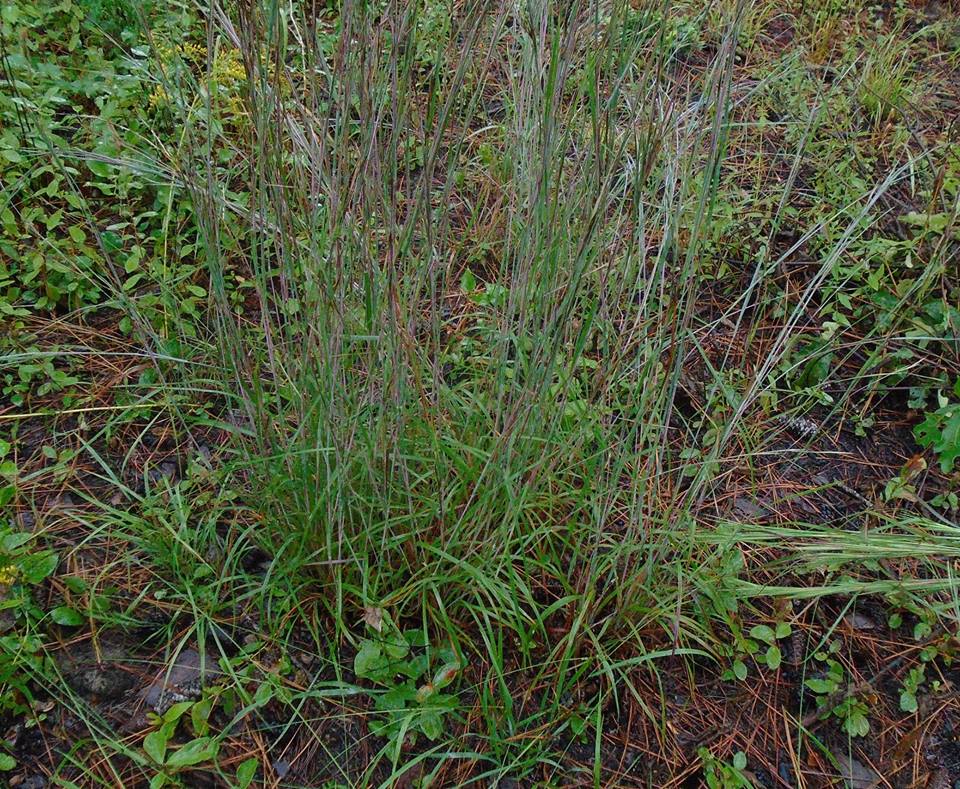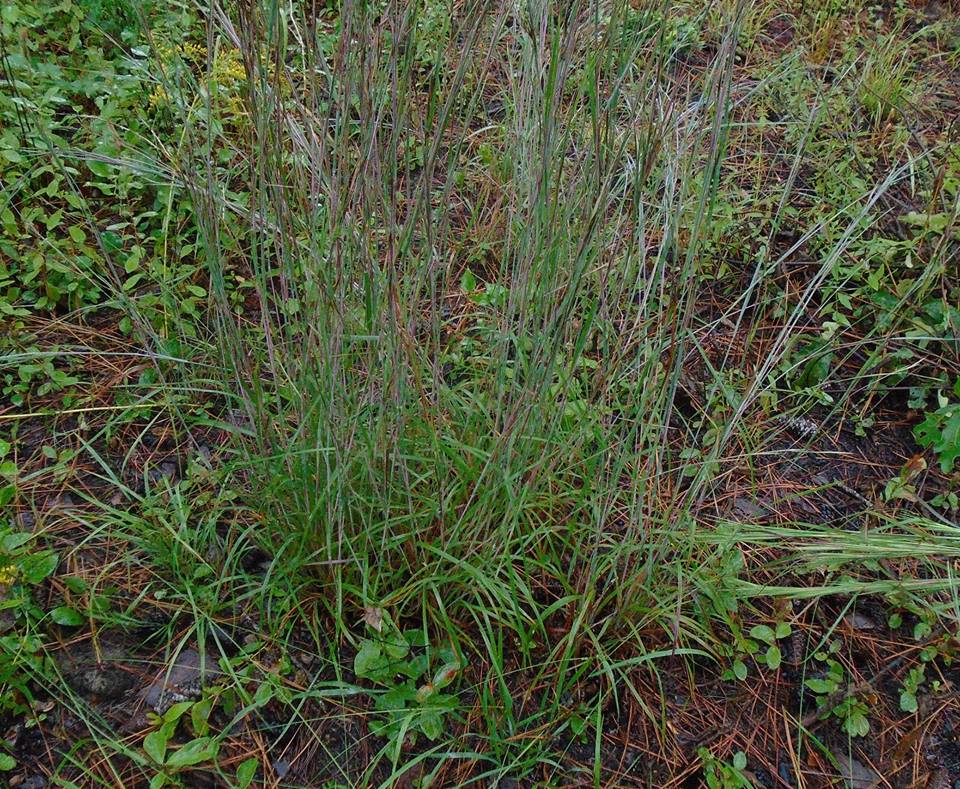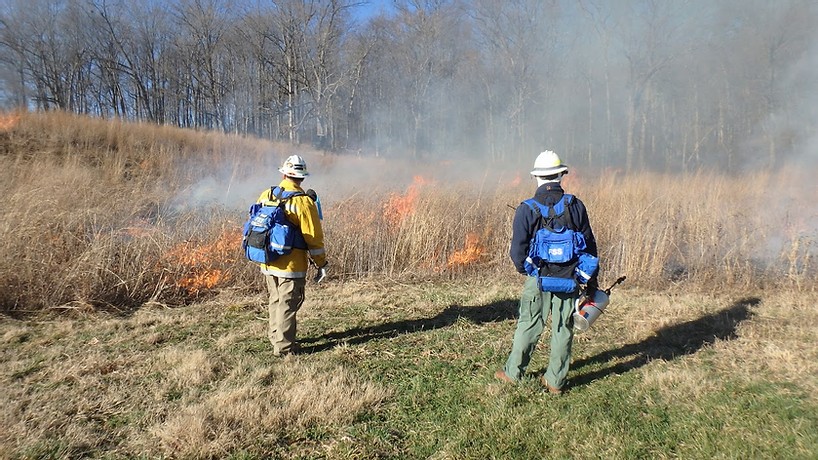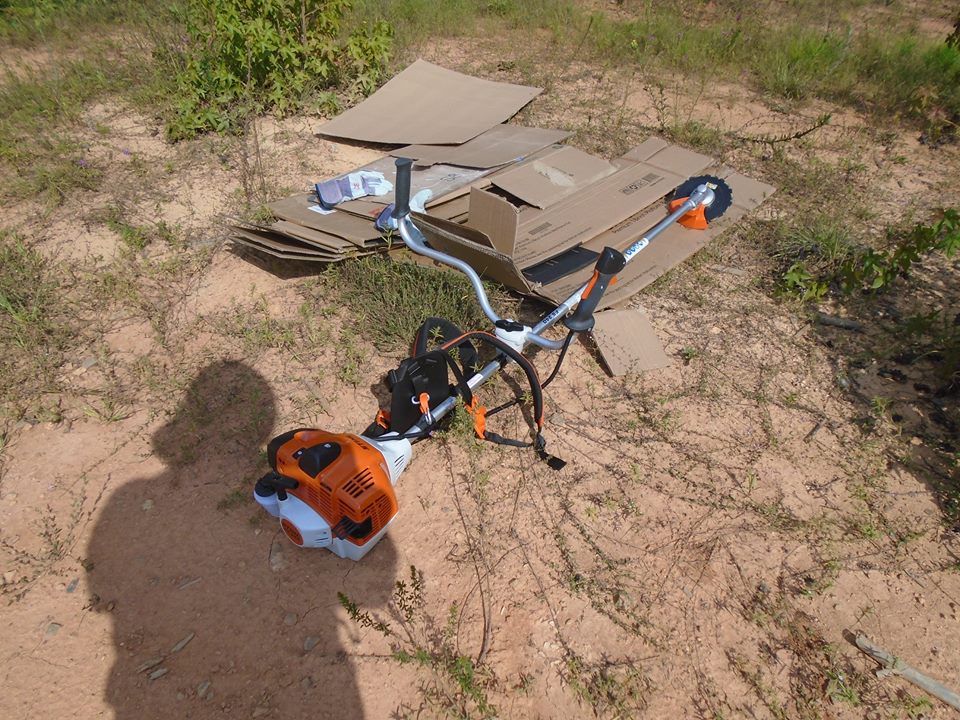Wood just feels good, literally. You just want to touch it. It did that today when attended a lecture by Architect Andrew Waugh, who talked about using cross laminated timber and his Murray Grove project (once the world’s tallest modern timber residential building) and visited the “Timber City” exhibit at the National Building Museum.
New techniques and sustainability concerns make timber the material of the future. Mr. Waugh explained that it costs 10-15% less to construct a building out of cross laminated timber compared with a glass and steel building. Beyond that, they can be 30-50% faster to build. They require fewer deliveries and it is much easier for plumbers and electricians to make cuts to install their pipes and wires. A wood building also weighs less, so it requires less of a foundation and can be built on some sites unavailable to heavier structures.
Wood is good in many other ways too. Wood is 100% renewable and while forests are growing they absorb CO2, protect water and soil resources and create wildlife habitat. When a building’s useful life is over, wood can be pulped or burned. It is a complete ecologically benign cycle.
And people like wood. As I started above, it is nice to touch and small, and it is attractive to look at.
Cross laminated timber and new techniques address some of the traditional problems of wood, such as lack of tensile strength and fire danger. The cross lamination created greater strength as the grains are crossed. If you want to see why this is important take hang something from a board. First do it going with the grain and then cross grain. You will find significant differences.
Nothing is truly fireproof, but cross laminated timber, once is place, is no more a fire danger than concrete, which crumbles with intense heat, or steel, which melts. Wood will char on the surface and then will not burn farther. If you want to run another experiment, try starting a campfire using only big logs. You can’t. A wood fire requires kindling. Large wooden cross laminated timber does not provide it. If it does burn, the rate of charring is well-know and engineers can design with that safety in mind.
So wood is the building material of the past and future.
My first picture shows the sign for the exhibit. Next are a couple of pictures showing types of engineered wood. The last photo is a side view of the cross lamination.




 Roaming in Rome. Today we went to the Vatican Museums, Saint Peters, Sistine Chapel and the Roman Botanical Gardens. I don’t have any deep thoughts about these things. They are just great. I do have an observation, however. It cost us 8 Euro each to get into the gardens and each museum costs money to view. It is funny that such things are more often free in the U.S., where we supposedly get less stuff for free.
Roaming in Rome. Today we went to the Vatican Museums, Saint Peters, Sistine Chapel and the Roman Botanical Gardens. I don’t have any deep thoughts about these things. They are just great. I do have an observation, however. It cost us 8 Euro each to get into the gardens and each museum costs money to view. It is funny that such things are more often free in the U.S., where we supposedly get less stuff for free.






